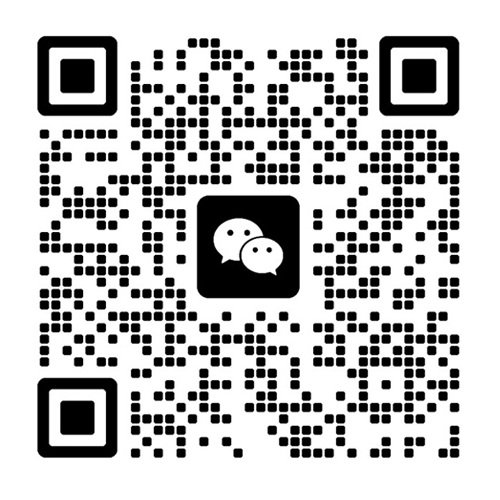Welcome to the official website mall of Shanghai Rainminda Pharmaceutical Technology Co., Ltd
EN
Welcome to the official website mall of Shanghai Rainminda Pharmaceutical Technology Co., Ltd
Cell Identification
Rainminda provides professional human cell STR identification services, utilizing internationally advanced 21-loci detection system (including 20 autosomal loci and 1 sex locus), and comparing with international authoritative databases, with extremely high accuracy.
Rainminda mice STR identification service adopts the 18-loci mice STR identification recommended by NIST and ATCC. The appraisal data is compared with international authoritative databases, and the data is accurate and reliable.
Rainminda cell species identification employs species-specific fluorescent composite primers to amplify the animal mitochondrial COI gene, accurately identifying 10 species of cells. This service is useful for detecting the species type of cells and identifying cross-contamination with cells from different species.
According to statistics, 20% to 30% of cell lines in domestic and foreign laboratories are incorrectly identified and cross contaminated. Authoritative institutions such as NIH and most journals have made cell line identification a prerequisite for funding applications and article publication. Human derived cell STR identification has been applied as a gold standard by cell bank organizations such as ATCC for cell line identification.
The STR (Short Tandem Repeat) gene loci is composed of short tandem repeat sequences with a length of 3-7 base pairs. These repeat sequences are widely present in the human genome and can serve as highly polymorphic markers, known as cell DNA fingerprints, which can be detected by PCR (polymerase chain reaction). The alleles on the STR gene locus can be distinguished by the different copy numbers of repeat sequences within the amplification region, and can be identified by fluorescence detection after capillary electrophoresis separation. Subsequently, through certain calculation methods, the obtained STR typing results can be compared with professional cell STR databases to infer the cell line to which the sample belongs or the name of the possible cross contaminated cell line.
Ruimingda has rich experience in cell STR identification and analysis, and can provide fast and reliable human cell STR identification services to help you verify the correctness of cells.
We provide detection of 21 gene loci in human cells, which not only include loci from ATCC, DSMZ, and JCRB cell libraries, but also include 12 highly polymorphic loci with high accuracy.
The cell identification standard meets the requirements of ANSI/ATCC ASN-0002-2011, and Chinese/English testing reports can be provided as needed


Sample delivery requirements

According to statistics, 20% to 30% of cell lines in domestic and foreign laboratories are incorrectly identified and cross contaminated. Authoritative institutions such as NIH and most journals have made cell line identification a prerequisite for funding applications and article publication. Human derived cell STR identification has been applied as a gold standard by cell bank organizations such as ATCC for cell line identification.
The STR (Short Tandem Repeat) gene locus is composed of short tandem repeat sequences with a length of 3-7 base pairs. These repeat sequences are widely present in the human genome and can serve as highly polymorphic markers, known as cell DNA fingerprints, which can be detected by PCR (polymerase chain reaction). The alleles on the STR gene locus can be distinguished by the different copy numbers of repeat sequences within the amplification region, and can be identified by fluorescence detection after capillary electrophoresis separation. Subsequently, through certain calculation methods, the obtained STR typing results can be compared with professional cell STR databases to infer the cell line to which the sample belongs or the name of the possible cross contaminated cell line.
Ruimingda identifies cells by detecting 18 species specific STR loci. For the 78 types of mouse cells currently included in the database, the correctness of the cells can be determined by their matching degree,
Providing detection of 18 gene loci in mouse cells with extremely high accuracy, and providing Chinese/English detection reports as needed


Sample delivery requirements

Cross contamination of cells includes both intra species cell cross contamination and inter species cell cross contamination. Methods such as STR identification can be applied to intra species cell cross contamination, but cannot detect inter species cell cross contamination. The species identification method of Ruimingda adopts the CO1 based PCR detection method for detection, which has high sensitivity and can quickly and accurately determine the species of the detected cells and whether there is cross contamination of different species.
Species identification and cross contamination detection of 10 cell genera, with Chinese/English testing reports available upon request.

Sample delivery requirements


Mr. Xu 19025438700

Business Cooperation:
Dr. Xu 19025438700 WeChat:xiaoboo365
Virus Vector:
Manager Shi 15391503730 WeChat:shixiaotai611
Nucleic Acid Products:
Manager Ni 13437112357 WeChat:go-ahead-no-back
Protein Products:
Manager Zhou 18771147489 WeChat:huhu_ai_junjun
Genetic Products:
Manager Wang 13067989761 WeChat:wry12121
Instrument and Equipment:
Manager Ni 13437112357 WeChat:go-ahead-no-back
Test Kit:
Manager Liu 15207178732 WeChat:Q15207178732

xuxiaobo@binhui-bio.com


